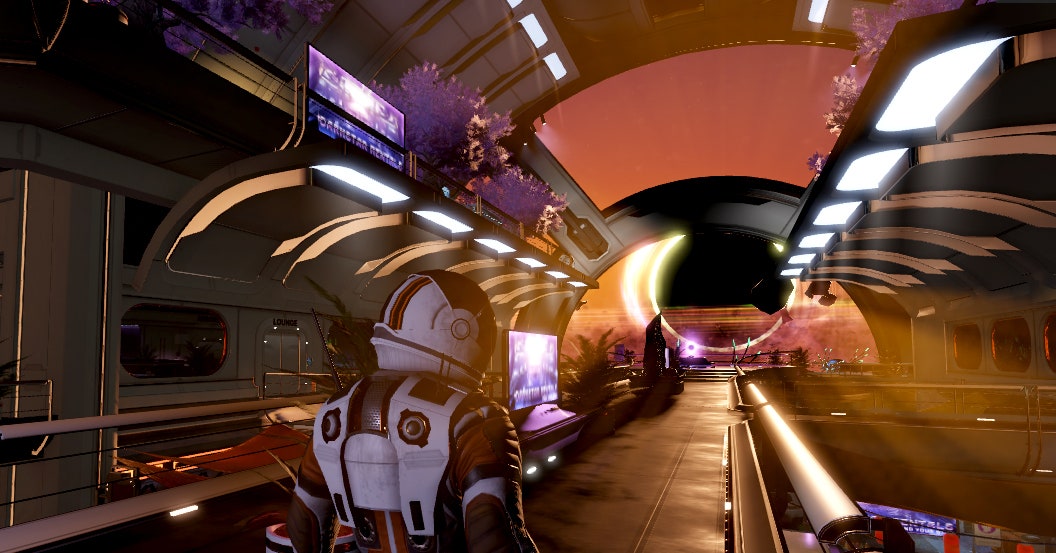
Roblox’s ‘Layered Clothing’ Is Here—but Don’t Call It an NFT | WIRED
If you’re unfamiliar, Roblox is not a game but a space where you make games: You don’t play Roblox exactly, but play games inside of Roblox. Its most popular traditional avatar looked essentially the same from 2006 to 2019 (it went from 6 movable parts to 15): squat and blocky, a mix of Lego and Minecraft. For these 14 years, these avatars’ clothes were 2D textures. All you had to do, explains Bjorn Book-Larsson, vice president of avatars at Roblox, was open Microsoft Paint and whip up a pink top or jean jacket, and it would fit the avatar as if you had painted it on to their skin.
The same thinking applies to porting the tech (which Roblox has six patents on) to other game engines, like Unity or Unreal. It’s quite possible from a technical point of view, but what’s the incentive if Roblox wants you to build your new game in Roblox?
In one fundamental way, layered clothing acts as a repudiation of the very idea that players could transfer skins between games. “Solving this problem even just within a single game engine turns out to be a two-year project,” says Book-Larsson. “Solving it across multiple game engines is silly. It’s exceptionally difficult.”
In the meantime, Book-Larsson says, fashion labels continue to partner with Roblox: They’ve made Roblox-compliant versions of their own NFTs and have been stunned by how much money they’ve been making. Layered clothing is appealing to clothing brands, of course, because they now can make one design that works across every game.
Increasing the sophistication of Roblox’s world has one fundamental goal: Holding on to an aging audience: “Our growth strategy is to say that if we have you as a 14-year-old, the best way to grow as a company is to just hold on to you and give you cool new things to do until you get to be 18 and 25 and 35,” says Book-Larsson. It’s simple: Give the community more to do and they will stick around.
He says the long-term goal is to upgrade the blocks into “reactive humanoid avatars,” where the community can program all elements of an avatar, including emotion and speech. Roblox recently acquired a company called Loom.AI, which analyzes facial expressions from video and audio, and then translates that into puppeteering and driving avatars. Down the line, Book-Larsson says, I could be interviewing his avatar over Zoom, not him.
Is Roblox the metaverse then? Book-Larsson says he thinks of Roblox as a miniverse, a self-contained metaverse; not a game engine, but more of an experience or an operating system of sorts. If Roblox isn’t a game, then this increasing technological sophistication must, surely, intensify focus on how that world is regulated. It’s harder to think about employment regulations when users are embodying little block people; less so with these more realistic avatars. Copyright protection seems one hot potato: If Gucci—or anyone for that matter—continues to release bags in Roblox, how easy will it be to regulate those designs? (A spokesperson for Roblox says that it protects the intellectual property rights of its creators and responds to any Digital Millennium Copyright Act request by removing any infringing content.)
Other long-standing criticisms of the platform are likely to harden, too. That, for instance, the company’s revenue split with the creatives on its platform is miserly and that it makes it look easier to “make it” as a developer than it actually is, or that its profits derive from the free creative labor of children. Roblox counters that layered clothing represents yet another lucrative opportunity for creators to earn Robux through design and sales, citing the tech’s ease of use and the size of the market: In the first five days of the company’s limited rollout of the first layer of layered clothing (jackets), 14.4 million users acquired 74.4 million free jackets.
This content was originally published here.


